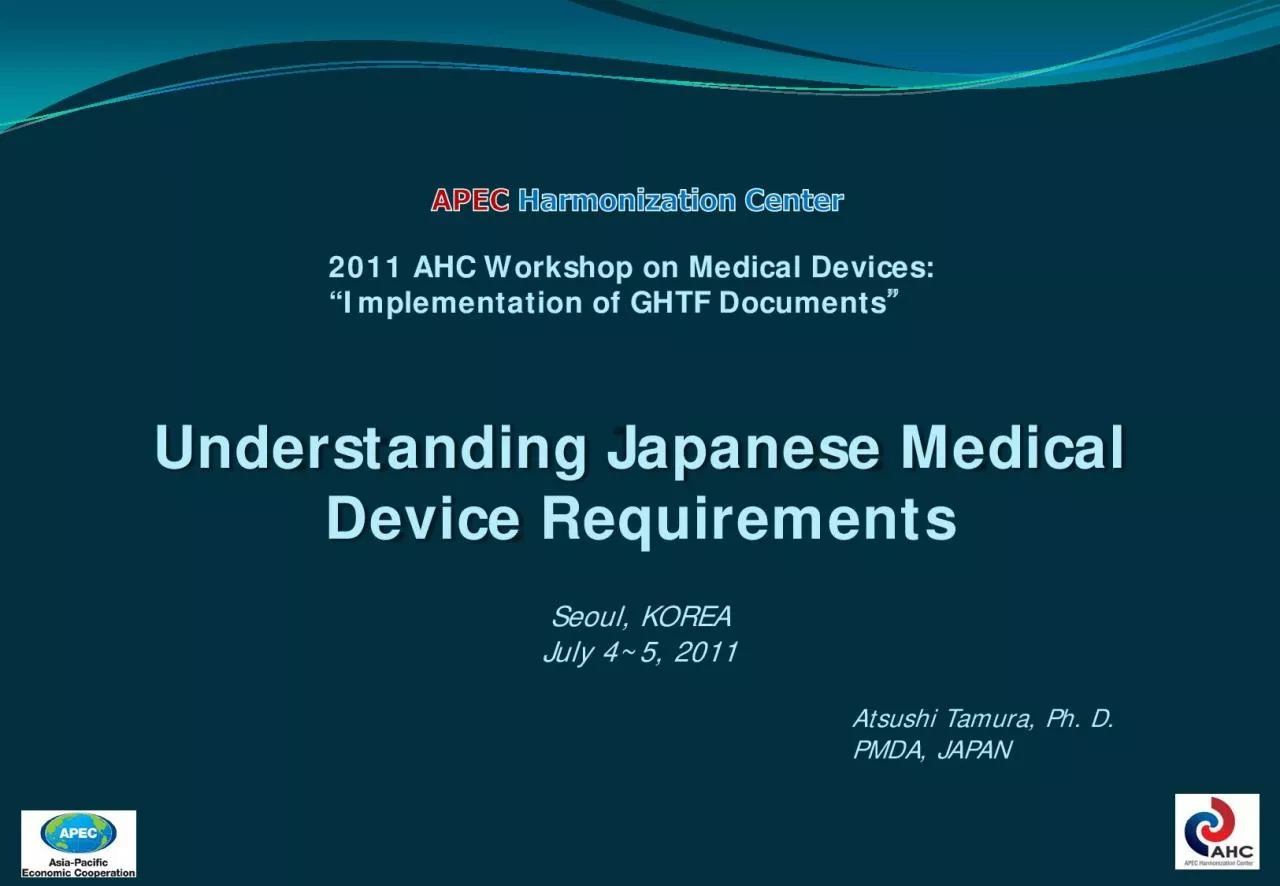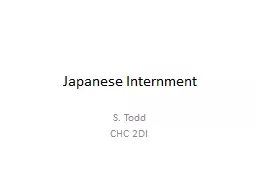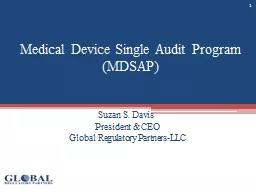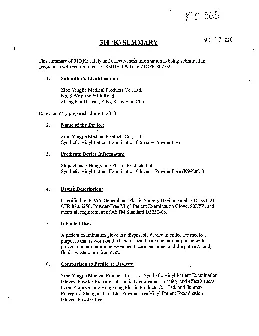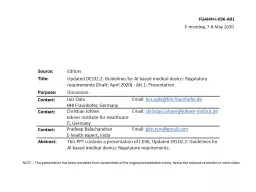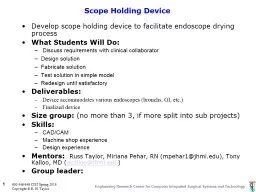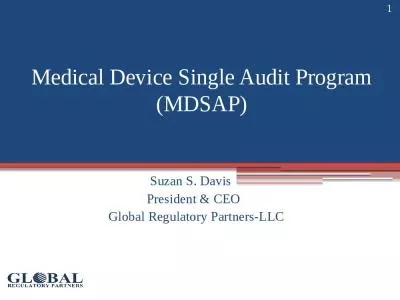PDF-Understanding Japanese Medical Device Requirements
Author : grace3 | Published Date : 2022-08-31
Atsushi Tamura Ph DPMDA JAPANSeoul KOREAJuly 45 2011 2011 AHC Workshop on Medical Devices 147Implementation of GHTF Documents 148 Pharmaceutical Affairs Law PAL Pharmaceutical
Presentation Embed Code
Download Presentation
Download Presentation The PPT/PDF document "Understanding Japanese Medical Device Re..." is the property of its rightful owner. Permission is granted to download and print the materials on this website for personal, non-commercial use only, and to display it on your personal computer provided you do not modify the materials and that you retain all copyright notices contained in the materials. By downloading content from our website, you accept the terms of this agreement.
Understanding Japanese Medical Device Requirements: Transcript
Download Rules Of Document
"Understanding Japanese Medical Device Requirements"The content belongs to its owner. You may download and print it for personal use, without modification, and keep all copyright notices. By downloading, you agree to these terms.
Related Documents

